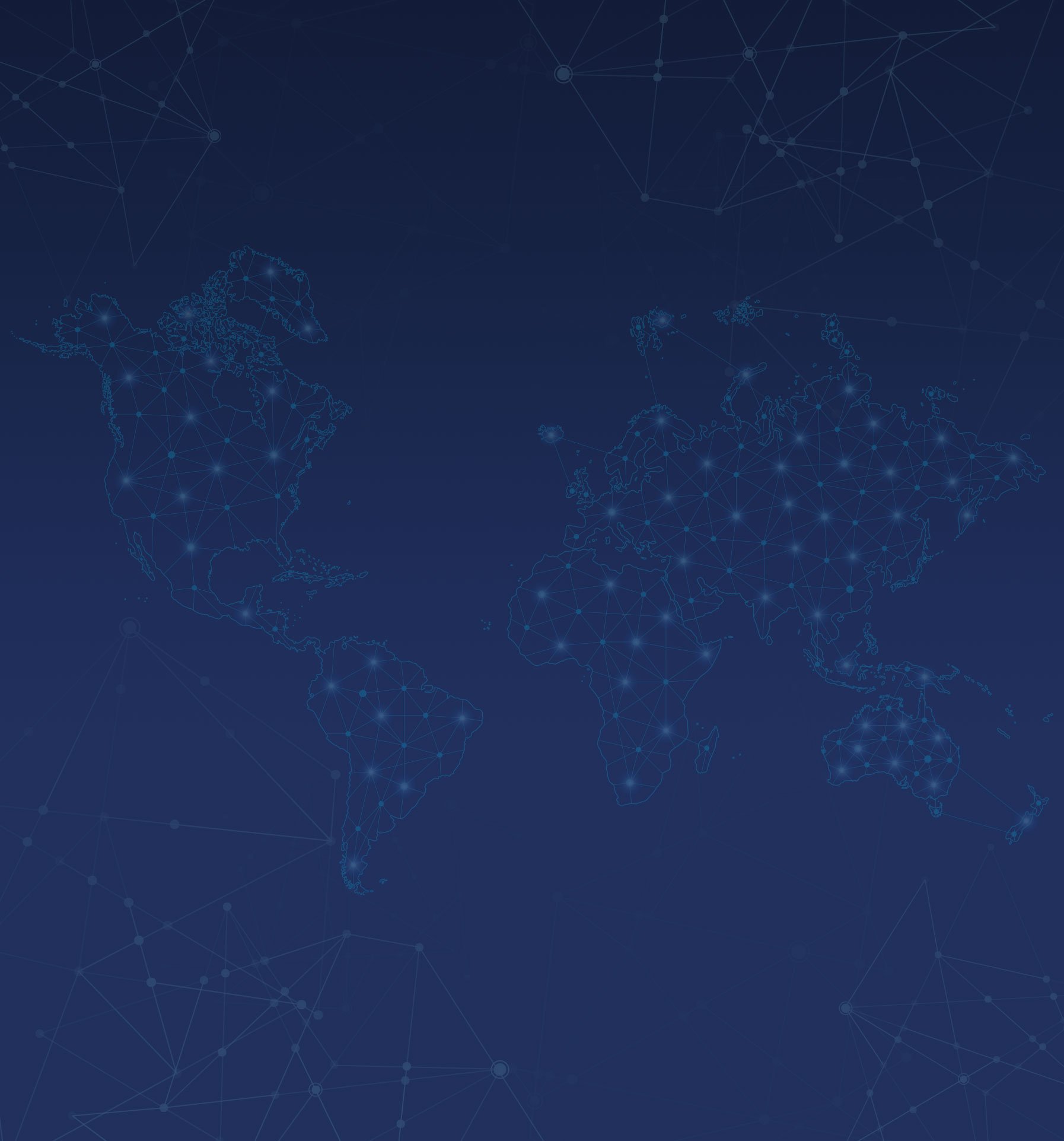
N-Tier Risk Mapping
Continuous mapping and supplier watchlist monitoring for regulatory compliance and risk
Supply Chain Mapping and Discovery
A secure supplier portal quickly identifies vendors and sites across any number of tiers. Sourcemap invites every tier-1 vendor to disclose tier-2,3, etc. and automatically cascades to sub-suppliers to collect the data for a supply chain map in as little as 3 weeks. Smart RFI’s adapt to collect additional information based on supplier risk profile, including internal policies and procedures, licenses, certifications and audits. Award winning visualizations make it easy to see where the supply chain is at risk.
Risk Assessment and Corrective Actions
Supplier benchmarking through automated scores based on each supplier’s response to RFI’s and compliance documents uploaded. Collect and store Certificates of Analysis from all of your suppliers of fine chemicals, excipients and active pharmaceutical ingredients. Automated look-up against 15+ public compliance databases and proprietary risk databases fed by AI. High-risk suppliers trigger a Corrective Action Plan in real-time, facilitating timely responses to potential risk before they disrupt your supply chain. All documentation is collected and stored in a centralized secure repository.
Disruption Monitoring and Real-Time Alerts
Real-time notifications allow for rapid response to potential disruptions such as supplier concentration, geo-political or environmental risk. Efficient reporting facilitates compliance with product certifications and regulations, for ease of both internal and external-facing due diligence reports.
FAQs
-
People have been mapping supply chains as long as they’ve been making maps. But traditional maps only provide a summary view - they don't show how supply chains change in real time. Modern supply chain mapping is the process of engaging across companies and suppliers to document the exact source of every material, every process and every shipment involved in bringing goods to market. Accurate supply chain mapping only became possible with the rise of online maps and the social web. The first online supply chain mapping platform was developed at the Massachusetts Institute of Technology in 2008 (the underlying open source technology is the basis for Sourcemap). Read More
-
The concept of supply chain transparency was virtually unknown 15 years ago, yet today it commands the attention of mid- and senior-level managers across a broad spectrum of companies and industries.
The reasons for this increased interest are clear: Companies are under pressure from governments, consumers, NGOs, and other stakeholders to divulge more information about their supply chains, and the reputational cost of failing to meet these demands can be high. For example, food companies are facing more demand for supply-chain-related information about ingredients, food fraud, animal welfare, and child labor. Less clear, however, is how to define transparency in a supply chain context and the extent to which companies should pursue it: an MIT study that mapped definitions of supply chain transparency related to labor practices in the apparel industry found vastly different definitions across organizations.
-
Companies are under increased pressure from governments and regulators to ensure that their products are compliant with human rights and environmental standards. The only way for companies to ensure their supply chains are "clean" is by mapping their supply chains down the raw materials using auditable, verifiable data.
-
Governments are cracking down on supply chain imports around the world. In the United States, the Uyghur Forced Labor Prevention Act goes into effect June 21, 2022. Prior to the deadline, Customs and Border Protection has issued Withhold Release Orders for goods originating from parts of the world with a high risk of forced or child labor. Similarly, across Europe supply chain laws including the proposed EU Green Deal and Germany's Supply Chain Due Diligence Act will require companies to disclose the source of their raw materials and ensure that they are not contributing to environmental risk or abuses of human rights.
